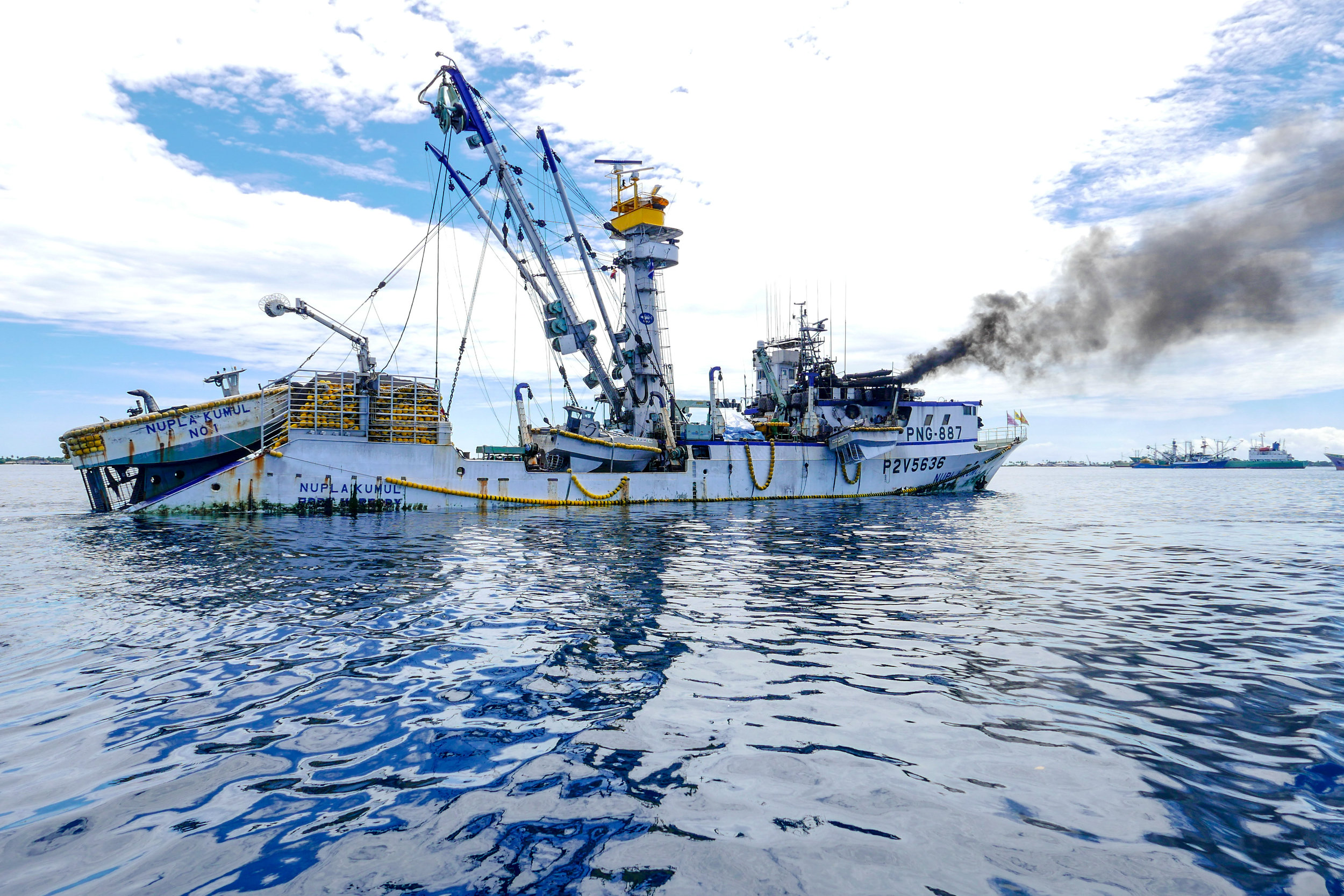Reality is that if one makes the numbers, it seems hard to match the volumes caught by purse seiners from EU authorised countries (and specifically from the EU approved purse seiners flagged to these countries) in the WCPF area and the volumes being exported.
They in the EU have all the tools, list of vessels authorised to fish, the flag states, the list of vessels approved by them, the health certificates with the volumes exported and the catch certificates of the vessels or origin.
If the EU had a centralised Catch Certificates database, it would take any researcher minutes to see that the numbers in terms of eligibility didn't add up, otherwise it would take some time for some poor soul to go over tons of paper… which is I assume is the way it happens
In any case, the Thailand Department of Fisheries (DOF) has passed up the pressure on its providers by requiring additional attestations to be added to seafood certificates to Thailand where the final destination of the product, either as imported or after further processing, is the EU.
They want the verified weight in the EU catch certificates and a “Model of health certificate signed by the captain of the freezer vessel” that contains almost all of the attestations of the EU Health certificate but written in an easier way:
I, the undersigned, declare that
the vessel appears on the Approved EU list
the vessel has a programme based on the HACCP principles in order to control hazards;
the part of the vessel where fishery products are handled, equipment, containers and the cold storage for fishery products are kept clean and maintained in good repair and condition;
the fishery products have been protected from contamination and from the effects of the sun or any other source of heat as soon as possible after they have been taken on board, and that they have been handled in a way that prevents bruising and other damage;
the fishery products have not been contaminated by fuel, bilge water or pests;
the slaughter, bleeding, heading, gutting, removing fins, have been carried out hygienically as soon as possible after capture, and the products have been washed immediately and thoroughly. Viscera and parts that may constitute a danger to public· health has been removed as soon as possible and kept apart from products intended for human consumption;
only clean seawater has been used as alternative to potable water for the handling and washing of the fishery product;
the fishery products have been subjected to a visual examination for the purpose of detecting visible parasites, and fishery products that are obviously contaminated with parasites are not placed on the market for human consumption;
freezing has been carried out hygienically as soon as possible after capture;
frozen fishery products have been kept at a temperature of not more than - 18°C in all parts of the product, except whole fish initially frozen in brine intended for the manufacture of canned food may be kept at a temperature of not more than - 9°C;
frozen blocks have been hygienically and adequately wrapped before landing;
the packages have been marked with an identification mark indicating the approval number of the freezer vessel and the flag state;
the wrapping material is not a source of contamination and has been stored in such a manner that it has not been exposed to a risk of contamination.
This is an astute move since they are showing “due diligence”. Now if the captains of most purse seiners can really assure this and if the EU will accept it is a different issue.
